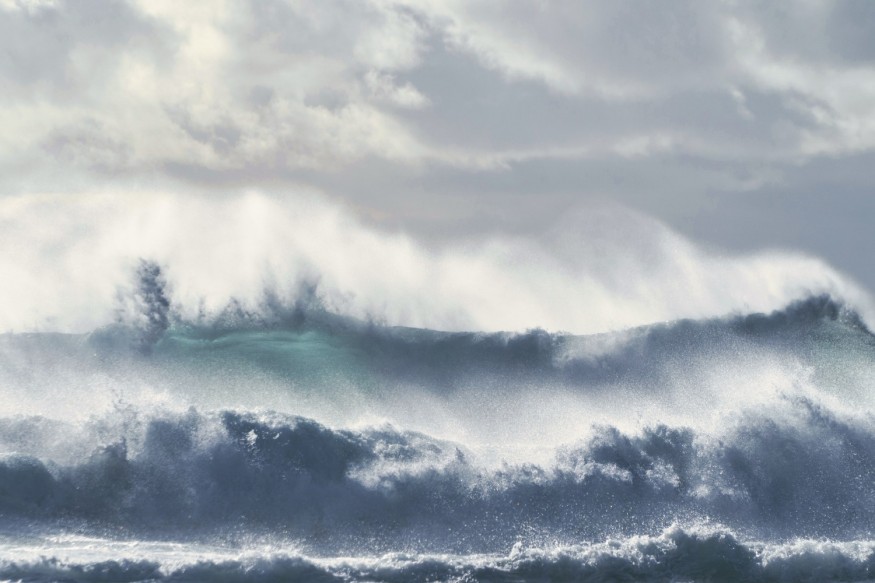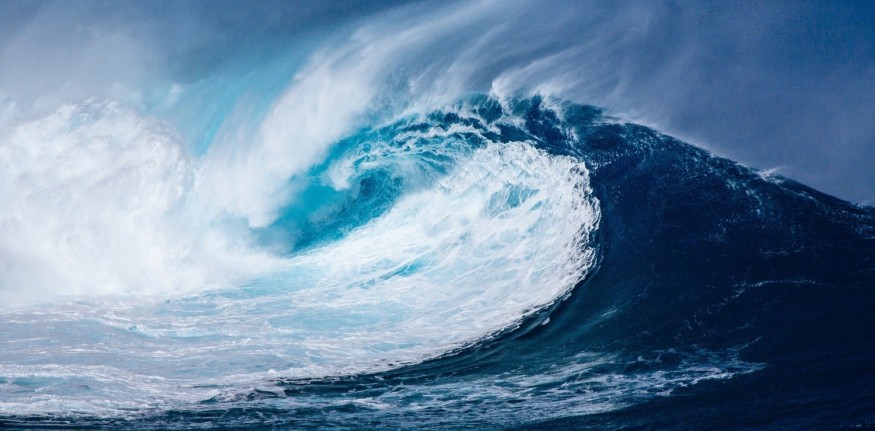In the case of a tsunami, every minute counts, and we've seen a lot of intriguing theories over the years about how these massive waves may be better anticipated ahead of time. These include employing undersea cables as massive seismic networks and monitoring underwater sound waves generated by earthquakes.
Scientists have now added another potential to the mix, demonstrating how tsunami magnetic fields might be detected before the gigantic, destructive waves reach the beach.

Producing Magnetic Fields
Tsunamis produce magnetic fields as they induce significant shifts in conductive seawater. An earlier study has shown that this magnetic field forms before the significant and deadly changes in sea level. The precise relationship between the two has remained a mystery, with research lacking the necessary measurements of the magnetic field and corresponding sea level fluctuations to show the link.
Read also: Long Valley Supervolcano: World's Most Dangerous Volcano Shows Signs of 'Imminent Eruption'
Comparing Data

The authors of the new study claim to have linked the dots by using data from the 2009 tsunami in Samoa and the 2010 tsunami in Chile. This information allowed scientists to compare the magnetic fields created by tsunamis with the consequent changes in sea level, confirming that the former occurred before the latter.
Furthermore, the magnitude of the magnetic field may be utilized to predict the height of an incoming tsunami, according to the research. The magnetic field arrived a minute ahead of the changes in sea level, depending on how deep the water was. At a depth of 4,800 meters (15,800 feet), the scientists discovered it arrived roughly a minute ahead of the changes in sea level.
"It's really interesting since we didn't have the observation [of] sea level change in earlier research," says Zhiheng Lin, a geophysicist at Kyoto University and senior study author. "We have measurements of sea level change, and we find that the observations accord with both our magnetic data and theoretical models."
Creating Better Tsunami Models

According to the researchers, the discovery lays the groundwork for better tsunami modeling systems, which may help anticipate tsunami arrival times, heights, locations and support disaster preparedness. They also point out that the approach would be most beneficial in deep-sea rather than coastal areas. The deeper seas help filter out surrounding noise and allow for unambiguous tsunami detection.
"They performed what needed to be done," says Neesha Schnepf, a geomagnetic researcher at the University of Colorado, Boulder, who was not involved in the study. "We wanted a study that compared magnetic field data with sea level change from pressure data, and I'm fairly sure they're the first to examine how well the sea level from magnetic field matches the sea level from pressure, so that's extremely important," says the researcher.
For similar news, don't forget to follow Nature World News!
© 2025 NatureWorldNews.com All rights reserved. Do not reproduce without permission.





